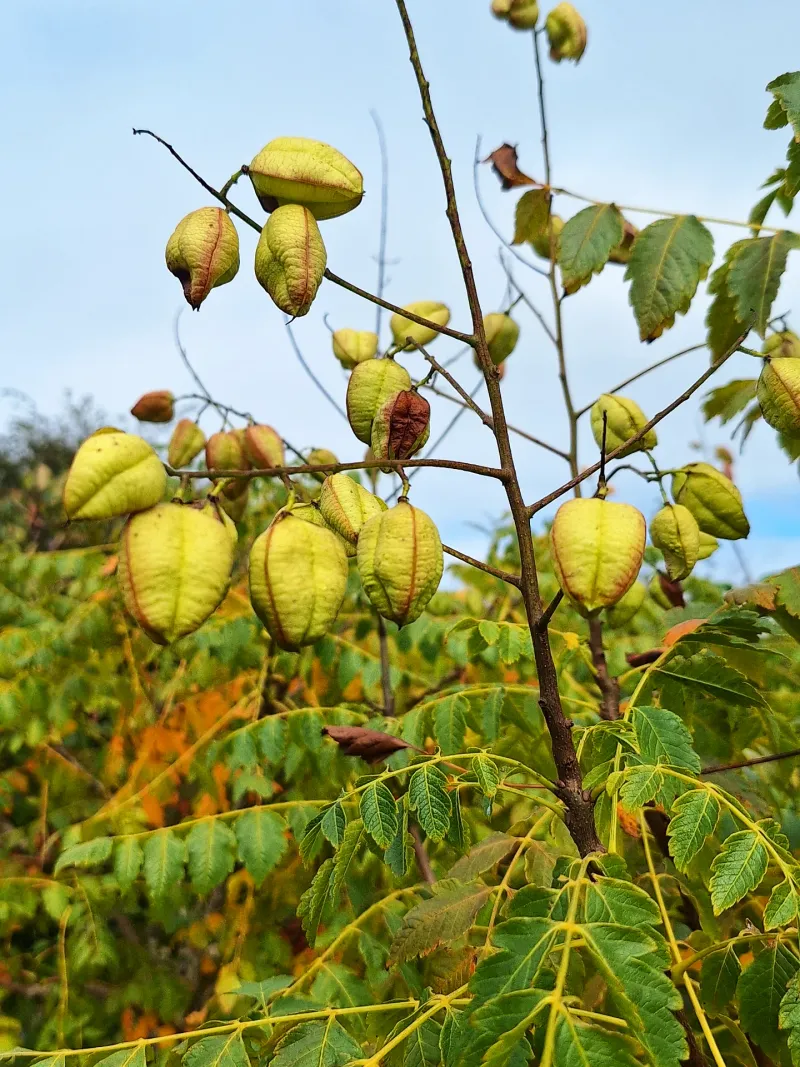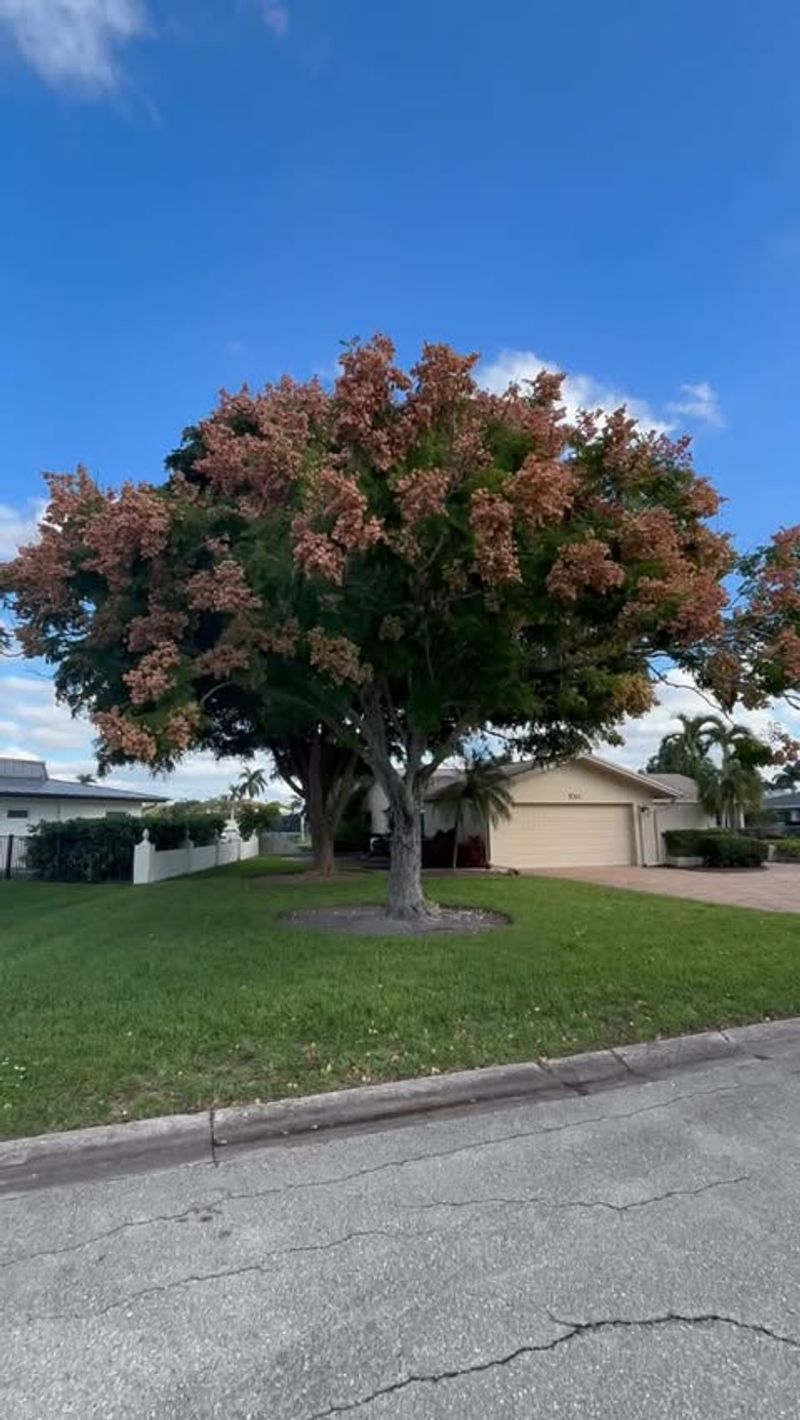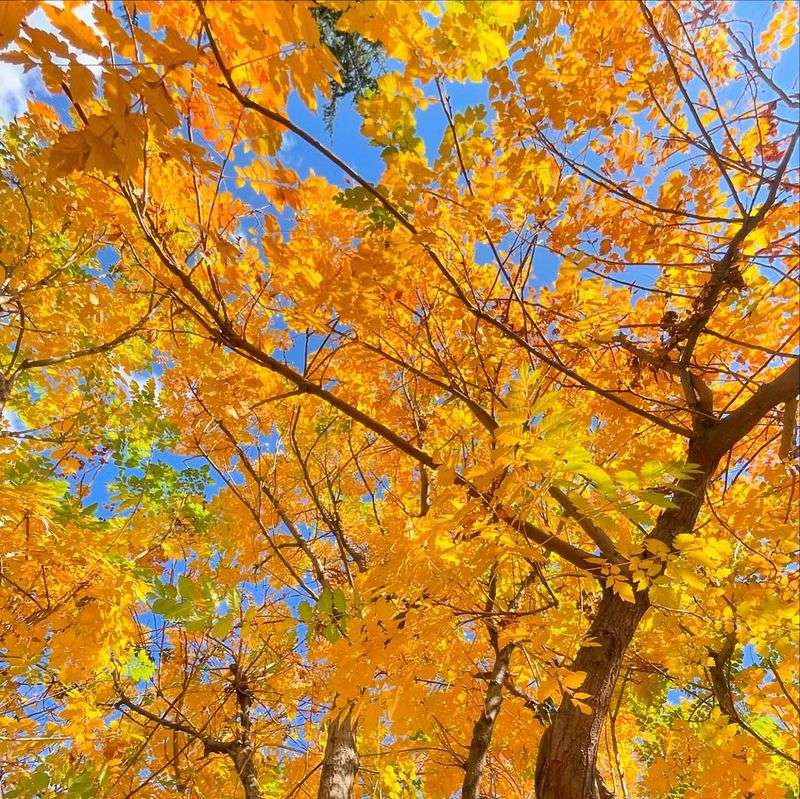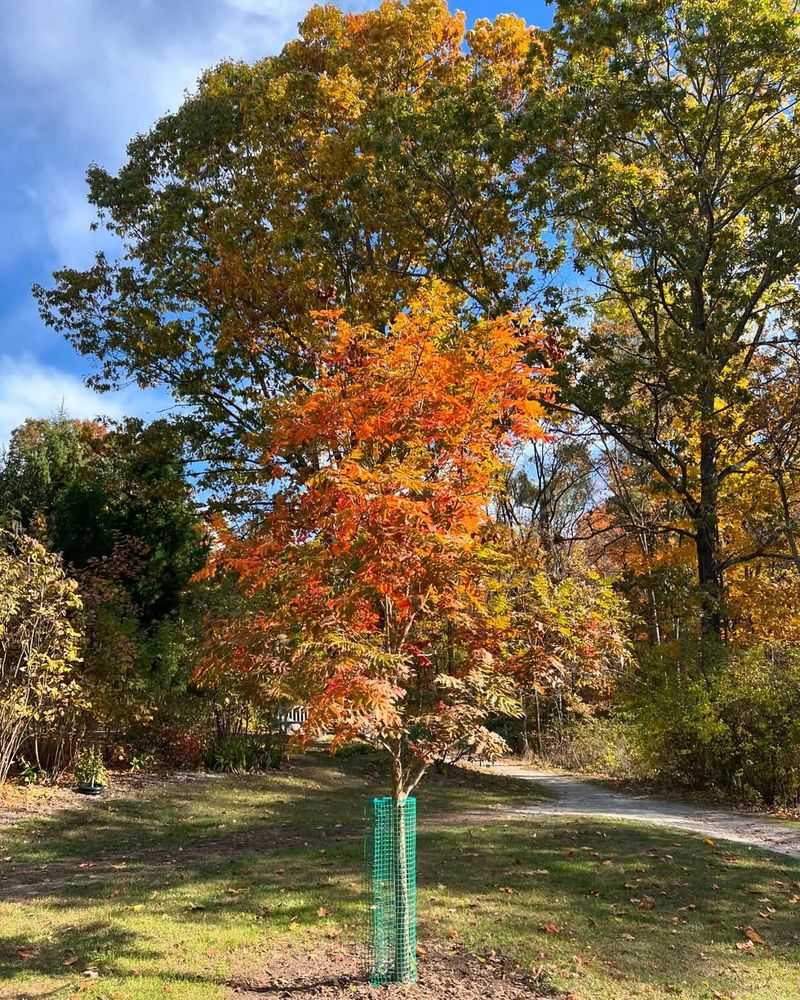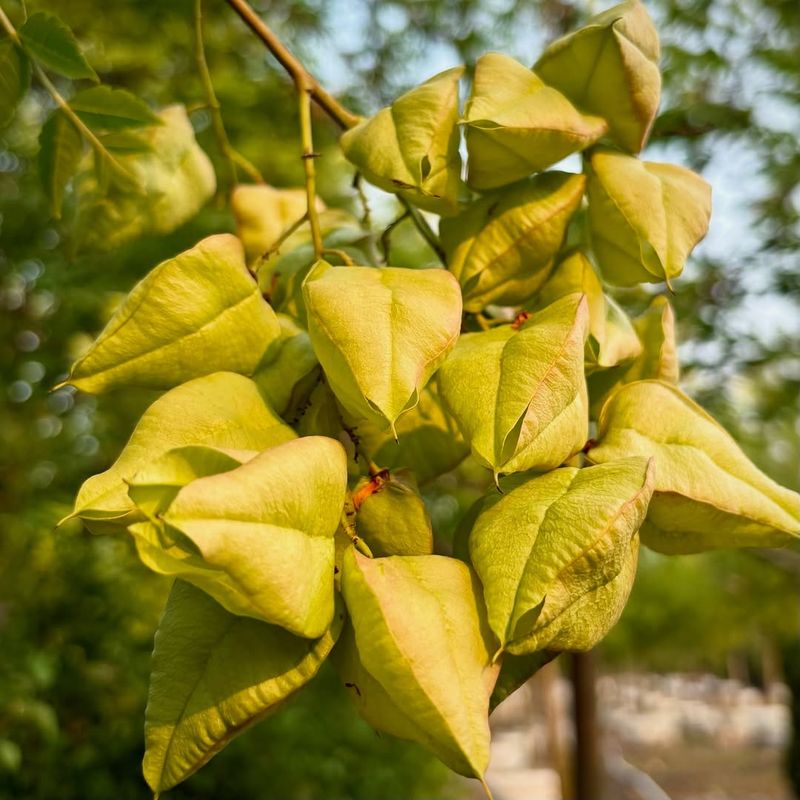Louisiana gardens get a little livelier in fall thanks to a tree that pollinators can’t seem to resist. I remember the first time I saw a Goldenrain tree buzzing like a tiny festival.
Its yellow blooms and lantern-like pods turn it into a magnet for every winged visitor around. Let’s talk about why this Louisiana favorite draws such a busy crowd.
1. Late-Season Blooming Provides Critical Food Sources
Most flowering plants in Louisiana wrap up their blooming by late summer, leaving pollinators scrambling for food. Goldenrain trees bloom from July through September, offering a lifeline when nectar becomes scarce.
Bees and butterflies desperately need these late-season flowers to build up energy reserves before winter. Louisiana gardeners who plant these trees essentially create pollinator rest stops during a critical time.
Think of it as keeping the cafeteria open when everyone else has closed up shop for the season.
2. Abundant Nectar Production Attracts Diverse Visitors
Goldenrain trees produce generous amounts of sweet nectar that draws in an impressive variety of pollinators. Honeybees, bumblebees, carpenter bees, and numerous butterfly species all visit these golden blooms throughout Louisiana.
The nectar quality remains high throughout the flowering period, keeping visitors coming back daily. Each flower cluster can support multiple insects feeding simultaneously without competition.
Louisiana’s warm fall weather allows pollinators to take full advantage of this abundant resource before cooler temperatures arrive in other regions.
3. Bright Yellow Flowers Act Like Pollinator Billboards
Pollinators navigate using visual cues, and yellow happens to be one of the most attractive colors to bees and butterflies. Goldenrain trees display their bright yellow blooms in large, showy clusters that can be spotted from far away.
Louisiana’s sunny fall days make these golden flowers practically glow, advertising their presence to hungry insects. The color contrast against green foliage creates an irresistible beacon.
It’s like hanging a neon sign that says “Food Here” in a language pollinators understand perfectly.
4. Pollen-Rich Blooms Support Bee Colony Health
Beyond nectar, Goldenrain trees produce protein-rich pollen that’s essential for bee nutrition and colony survival. Worker bees collect this pollen to feed developing larvae back at the hive, ensuring the next generation grows strong.
Louisiana beekeepers often notice increased hive activity near Goldenrain trees during fall months. The pollen’s nutritional profile helps colonies prepare for winter dormancy periods.
Healthy bee populations depend on diverse pollen sources, making these trees valuable contributors to Louisiana’s agricultural ecosystem.
5. Unique Flower Structure Accommodates Different Pollinator Sizes
Goldenrain tree flowers feature an open structure that welcomes pollinators of all sizes, from tiny native bees to large swallowtail butterflies. The flower clusters contain multiple individual blooms at different stages, providing landing platforms for various body types.
Louisiana’s diverse pollinator community benefits because the flowers aren’t exclusive to one species. Small insects can access nectar easily while larger ones find stable perches.
This democratic design means more pollinators get fed, strengthening the entire ecosystem around Louisiana neighborhoods.
6. Extended Bloom Period Offers Reliable Food Supply
Rather than blooming all at once, Goldenrain trees flower progressively over six to eight weeks across Louisiana. Individual flower clusters open at staggered intervals, ensuring fresh nectar availability throughout the entire fall season.
Pollinators can return to the same tree repeatedly, finding new blooms each visit. This reliability allows insects to establish feeding routes and depend on the resource.
Louisiana’s mild autumn weather extends this blooming period even longer, maximizing the benefit for local pollinator populations.
7. Drought Tolerance Ensures Consistent Flowering
Louisiana summers can bring intense heat and occasional drought conditions that stress many plants. Goldenrain trees handle these challenges remarkably well, continuing to produce flowers even when rainfall becomes scarce.
Their deep root systems access moisture other plants can’t reach, maintaining bloom production when pollinators need it most. This reliability makes them dependable food sources during unpredictable weather patterns.
When other nectar sources dry up across Louisiana, Goldenrain trees keep the pollinator buffet open for business.
8. Ornamental Seed Pods Extend Wildlife Value
After flowering finishes, Goldenrain trees develop unique papery seed pods that resemble Chinese lanterns hanging from branches. While these pods primarily attract birds rather than pollinators, they extend the tree’s wildlife value well into Louisiana’s winter months.
The pods provide seeds for songbirds while the tree’s structure offers shelter and nesting sites. This multi-season benefit makes Goldenrain trees year-round ecosystem contributors.
Louisiana gardeners get a beautiful ornamental feature while supporting diverse wildlife populations beyond just pollinators.


